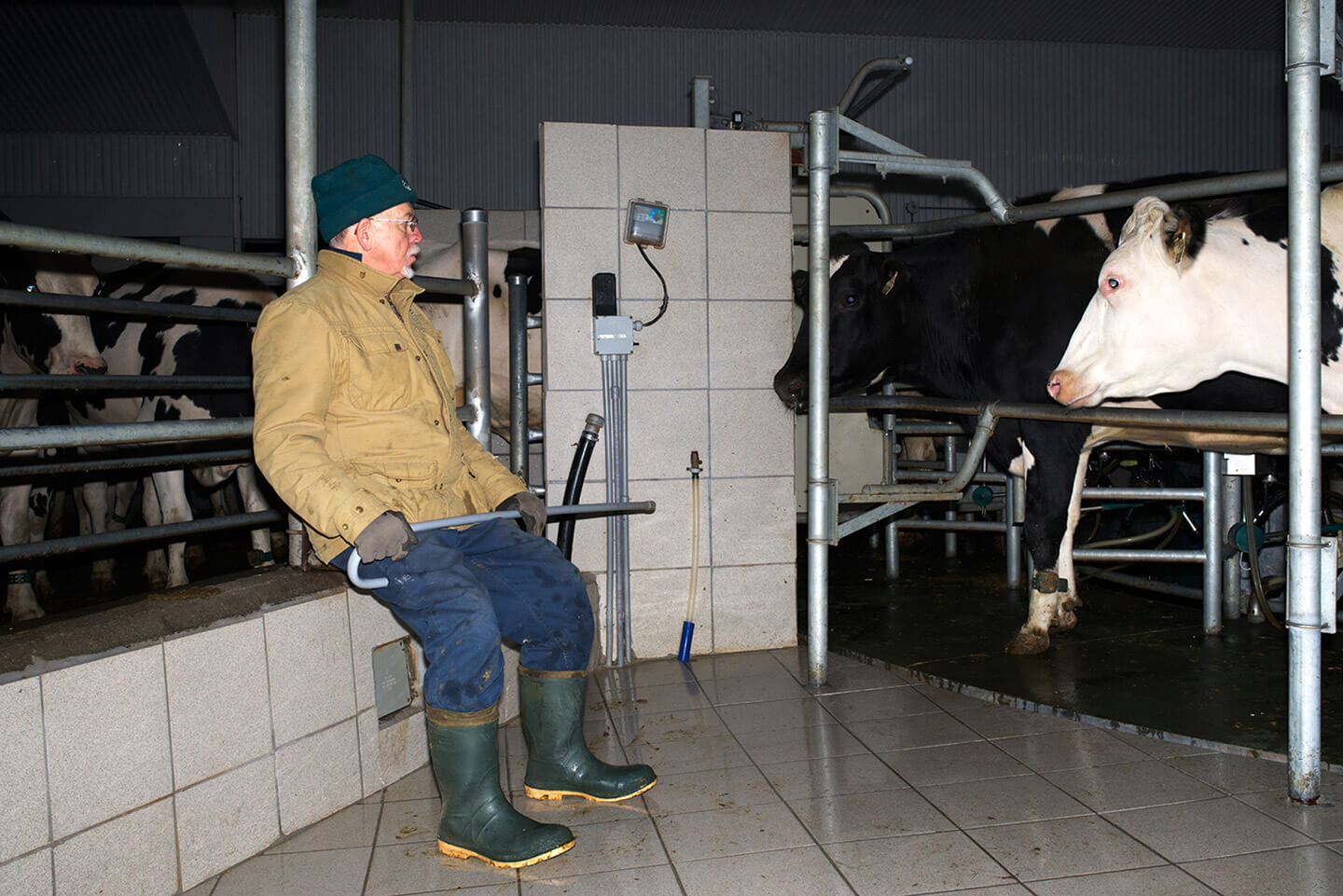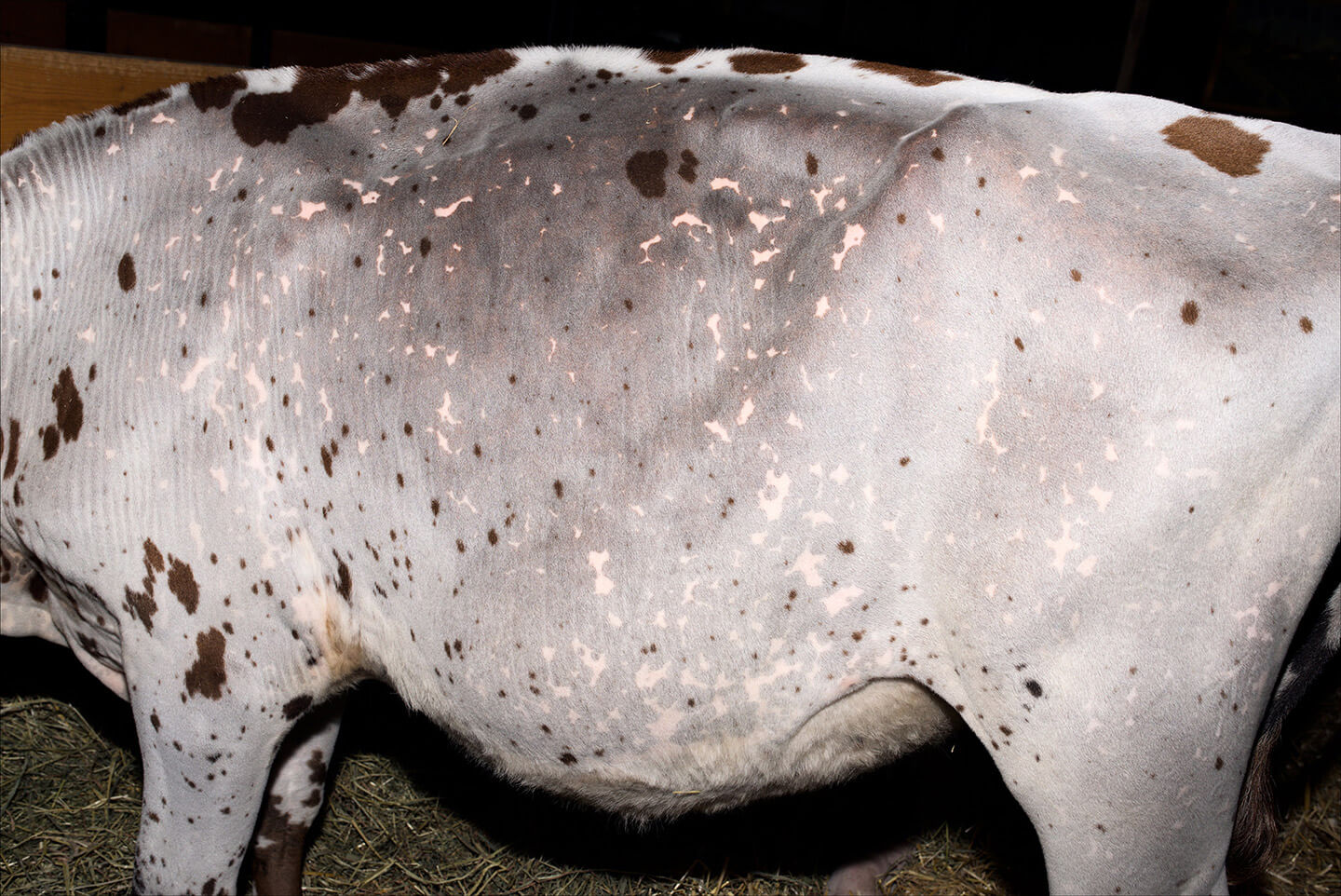Benoit Aquin
in Bonaventure
Exhibit
QUÉBEC’S AGRICULTURE, AN ANTICIPATION PHOTO-NOVEL
Outside Saint-Bonaventure Church | 99 Avenue de Grand-Pré | Bonaventure
Les ateliers du Funambule | 134 Avenue de Grand-Pré | Bonaventure
See Google Map
Benoit Aquin, Montreal, Québec | benoit-aquin.com
Benoit Aquin has a particular fondness for subjects connected with social or economic issues, with questions that represent real challenges for humanity.
In all cases he endeavors, through his photography, to take a fresh look, or at least an honest one, at the relationship of humanity and its environment. Climate-related disasters catch his attention, as shown in his series Tsunami (2004), carried out in Indonesia, and Haiti (2010-2011). Ecological changes also feature in his concerns: climate warming in Québec’s Far North (2005) or the 2007 food crisis in Egypt. Benoit Aquin won the Prix Pictet in 2008 for pictures from his series The Chinese Dust Bowl (2006-2007).
EXHIBIT aT rencontres
QUÉBEC’S AGRICULTURE, AN ANTICIPATION PHOTO-NOVEL
“Interested as I am in the reality of the world of agriculture, I recently started visiting farms close to Montreal with the idea of photographing them. Not only did I find a subject that reflects the environmental concerns that have guided my work for a good many years, but it seemed to me that these farms constituted the proper framework in which to make my photographic practice harder-hitting.
“We need to bear in mind that, regarding the prospects offered by the agricultural world with the year 2050 on the horizon, agronomists Mazoyer and Roudart reckon that to feed a world population estimated at nine billion people will imply a drastic intensification of agriculture right across the planet. Some roving through the Québec countryside provides enough evidence that that intensification is already taking place. Where human strength has been supplanted by ever more sophisticated agricultural machinery there no longer exist truly significant differences between the production of living things and the arms industry. Where farm work specialization breaks down age-old social fabric, spiritual quest becomes a lifeline. And where, finally, the sum of human impact on the nourishing Earth has fractured the balance and harmony that once united man and nature, life is in jeopardy.
“In the Québec context, addressing the issue of agriculture means taking an interest in a reality that seems to be a matter of less and less concern to citizens, even though their survival will depend on economic choices we make right now regarding the management of our agricultural regions. At a time when the free-trade model is bringing about the closure of two farms a day in Québec and when the intensification of single-crop farming threatens simultaneously the fertility of our richest land and the diversity of ecosystems on which the survival of our countryside depends, I’m convinced that the strength of photography makes this medium a powerful tool for raising awareness of these issues.
“After turning my attention to foreign lands, I feel a deep need to work on my own culture. In that light I exaggerated the pictorial quality of my photography through use of a direct flash that heightens the intensity of the photographic act and that produces images possessing a high degree of abstraction, despite their being raw descriptions of the tangible world. The importance of the pictorial quality in my photographic language has the result that, despite its being anchored in the documentary genre, my work has found a natural resonance in the field of current visual arts over the last few years. In that context, benefiting from the esthetic strength of my photography in order to bring the subject of agriculture into this domain strikes me as an effective means for carrying out the awareness-raising work that has justified my activist approach to art for quite a few years now.”
Benoit Aquin



